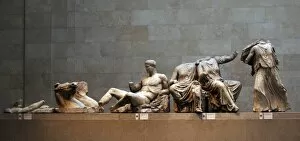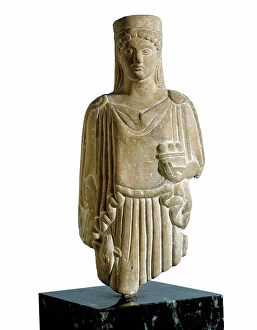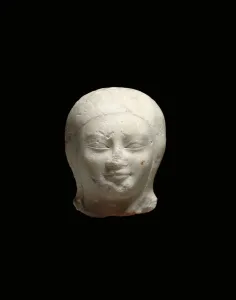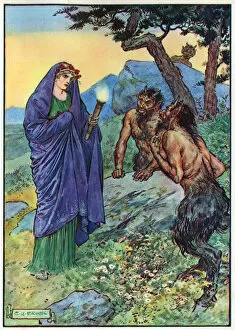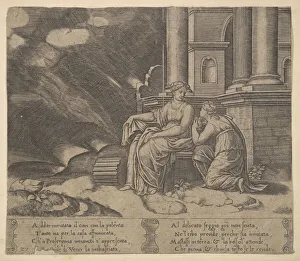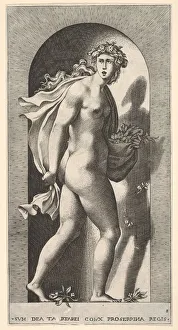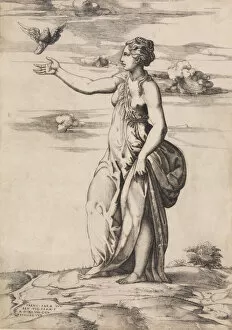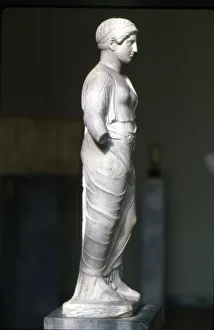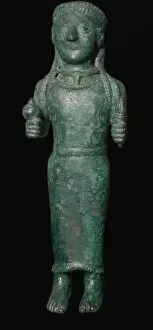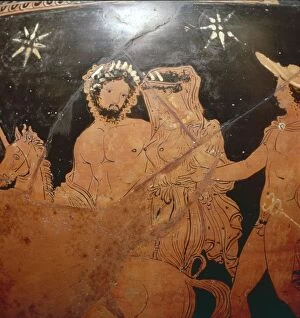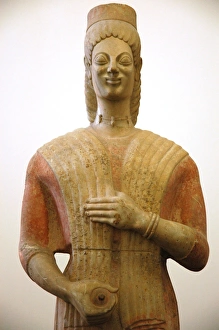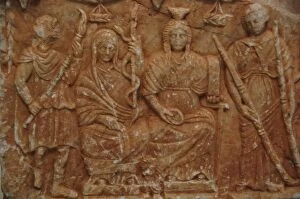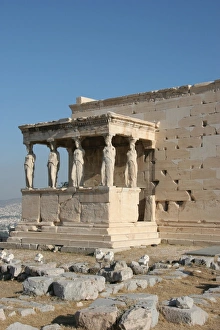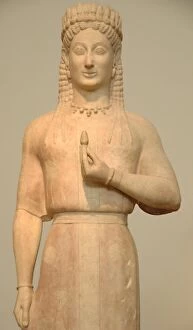"Exploring the Enigmatic Kore: A Journey through Ancient Greek Art" Step into the world of ancient Greece and unravel the mysteries surrounding the captivating figure known as Kore. From the majestic Parthenon to the intricate details of East Pediment, witness Athens' Acropolis come alive in 438-432 BC. Delve deeper into history at the National Archaeological Museum in Athens, where you'll encounter the Taurobolium Altar, a testament to religious rituals. Marvel at Francois de Nome's masterpiece "The Underworld, " an evocative portrayal of Hades and Persephone that transports you to c1613-c1644. Immerse yourself in artistic brilliance with Codrus Painter's Altic Red-figure Kylix depicting Hades and Persephone Banqueting around 430 BC. Feel awe-struck by Berlin Goddess, an exquisite sculpture from Keratea dating back to 580-560 BC. Continue your journey through time with Hera of Samos statue, a symbol of power and beauty. Admire various representations during VI-V century B. C. , showcasing Greek artistry at its finest. Witness how even currency carries tales from antiquity as you discover a Stater (Coin) Depicting Goddess Kore from 330-300 BCE by an unknown creator. Giuseppe Scolari's depiction of "Rape of Persephone" adds another layer to this mythological narrative with Pluto on horseback between 1590-1607. Finally, Eugene Atget's Versailles captures Girardon's "Enlevement de Proserpine par Pluton" in all its grandeur in 1904. This enchanting artwork brings together mythology and artistry seamlessly. Join us on this mesmerizing journey through time as we uncover the enigma that is Kore – a testament to ancient Greek culture and artistic excellence that continues to captivate audiences today.

